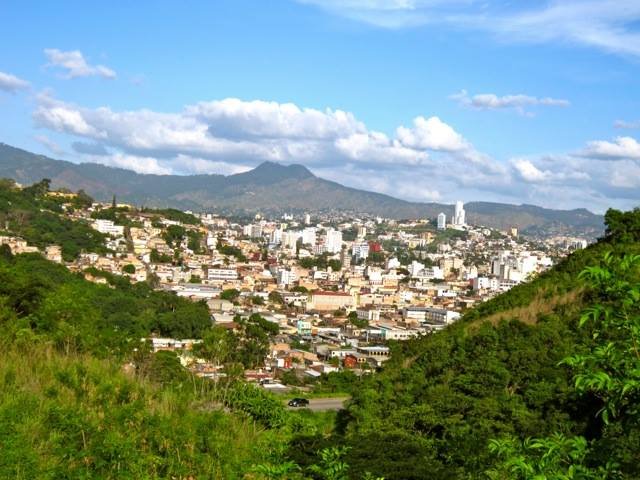
REFUGEE HEALTH CERTIFICATE
Module 5: Refugee Camp Economies
Refugees live in the most extreme version of the welfare state. They are initially completely dependent on aid from the international community. Since many refugees stay in camps for years on end, humanitarian aid is not sufficient to sustain their basic needs, so refugees are forced to find other ways to support themselves.(1) Because many outsiders view refugee camps as temporary settlements that are completely dependent on foreign aid, they fail to realize how refugee camps are emerging urban environments that are complete with commerce and their own economies.
One of the main reasons that economies develop in refugee camps is because foreign aid is not sufficient to address all the needs of the refugees. For example, Burmese refugees who live in Thailand receive rations that meet international standards, but there is no provision of fresh fruit, vegetables, meat, or non-food items that they need.(2) In addition, a study of refugees in Nigeria found that “the humanitarian efforts supporting Nigerian refugee camps is often not enough to sustain them while in the camp for the period they are to stay.”(3) Therefore, refugees engage in income generating activities, such as petty trade and weaving for the women and sawmill and Okada riding for the males.
In general, refugees make a living through small businesses and agricultural production if the land is of high enough quality. A typical refugee camp will have one or more trading centers for small businesses. Refugees, however, face a set of restrictions that ordinary citizens do not face in conducting business, which makes earning a livelihood even more difficult. For example, refugees face restrictions on movement, in that they need a permit to travel outside of the settlement. Restrictions on work require them to get a work permit to work outside the settlement. Refugees caught without a permit can be jailed or deported, forcing them to repatriate to their home country, regardless of the safety or stability of the country. They also face high transportation and information costs, which prevent them from being aware of the prices of crops in external markets and participating directly in those external markets. Because refugees face so many restrictions, they are frequently isolated and depend on traders to transport, buy and sell their goods to outside cities, causing the profit margin of a given product to decrease significantly. Though camps are isolated, no refugee camp is totally closed off to outside markets, which results in black markets.(4)
Another important aspect of refugee camp economies revolves around the selling of rations. Often refugees sell UNHCR rations because they do not fit with their traditional diet, and they use the proceeds to buy foods that are culturally appropriate. “Sudanese refugees in Kakuma, for example, sell a proportion of the wheat flour provided by the World Food Programme (WFP) in order to buy millet, sorghum, maize flour and cassava flour, which are elements of their traditional diet.”(5) In addition, refugees often engage in a process called recycling in which they leave the camp and reenter under a new identity so that they can receive additional ration cards. “The trading resulting from extra ration cards provided the basis for a vast secondary economy at Kakuma, and kept thousands of refugees from anemia and related illnesses.”(6) These extra ration cards achieved through recycling allow refugees to buy non-food items that they may need or other food items not provided by the UN such as sugar, meat, and vegetables.
Footnotes
(1) Werker, E. “Refugee Camp Economies.” Journal of Refugee Studies. 20.3 (2007): 461-480.
(2) Brees, I. “Refugee Business: Strategies of Work on the Thai-Burma Border.” Journal of Refugee Studies. 21.3 (2008): 380-397.
(3) Meludu, N., and Emerole, E. “Enhancing Sustainable Participation in Local Livelihood Activities by the Refugees in Nigeria.” Stud Tribes Tribal. 7.2 (2009): 131-136.
(4) Werker, E. “Refugee Camp Economies.” Journal of Refugee Studies. 20.3 (2007): 461-480.
(5) Montclos, M., and Kagwanja, P. “Refugee Camps or Cities? The Socio-economic Dynamics of the Dadaab and Kakuma Camps in Northern Kenya.” Journal of Refugee Studies. 13.2 (2000): 205-222.
(6) Eggers, D. What is the What; the Autobiography of Valentino Achak Deng. (New York: Random House, 2006), 387.
